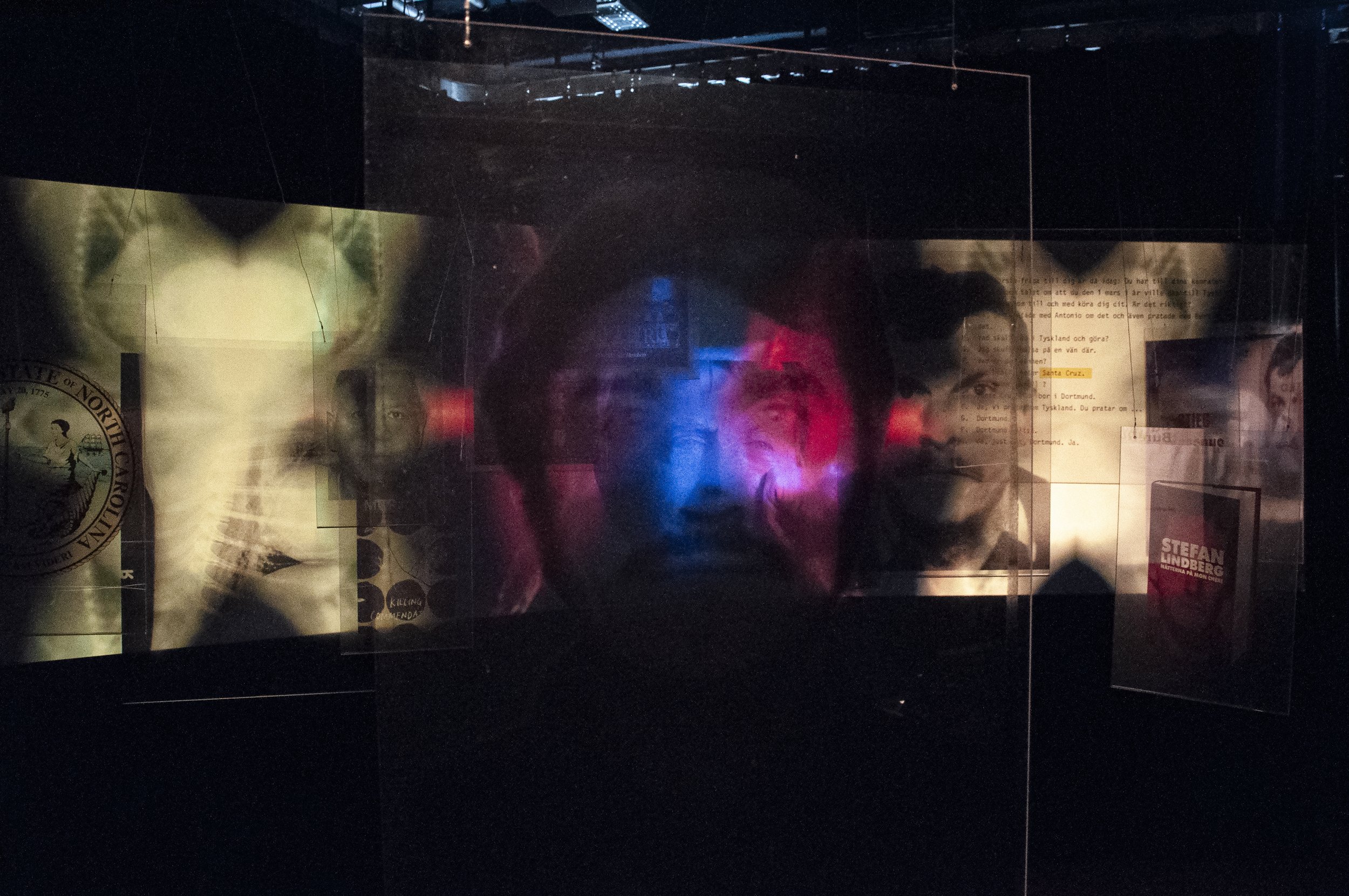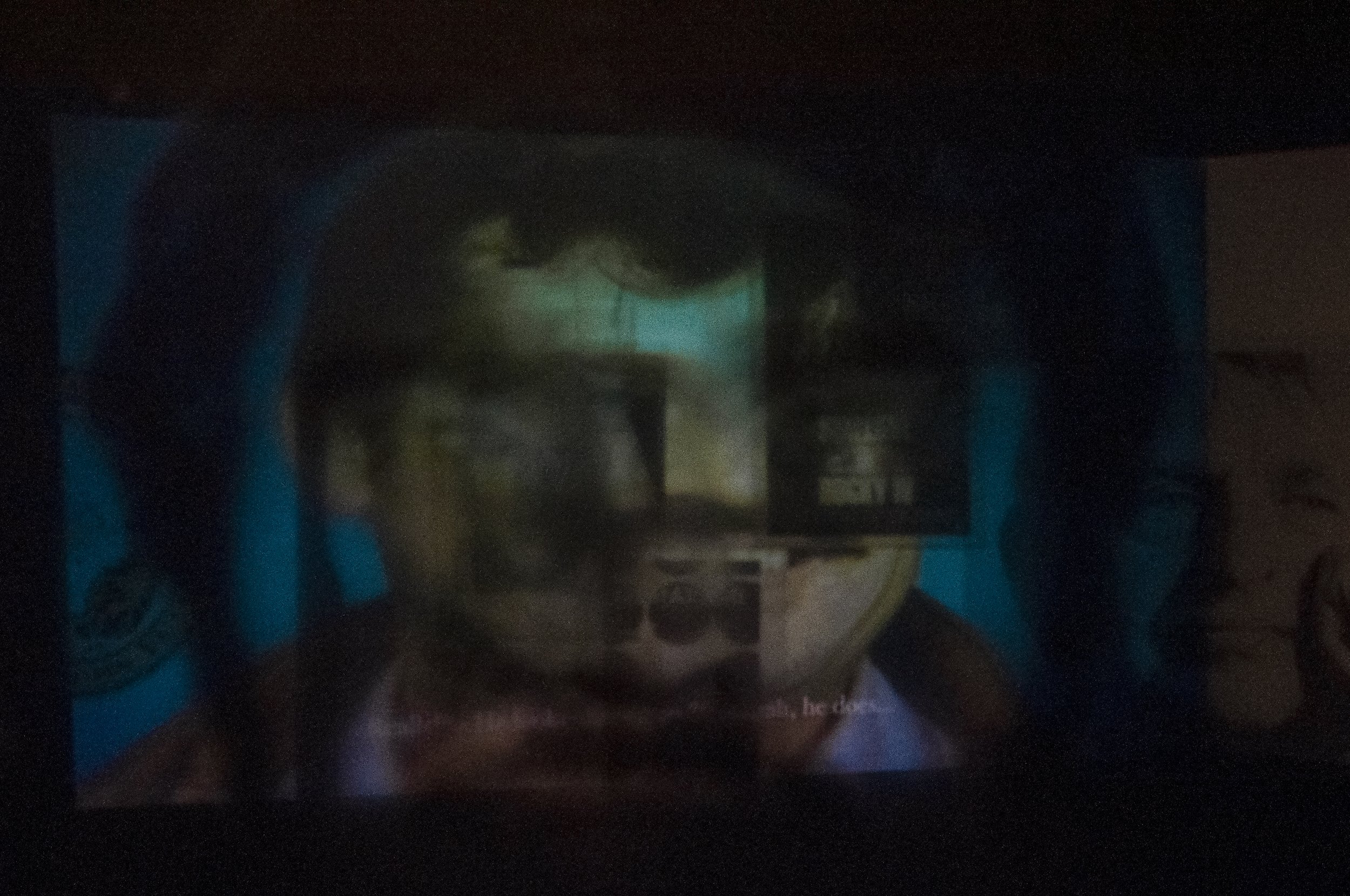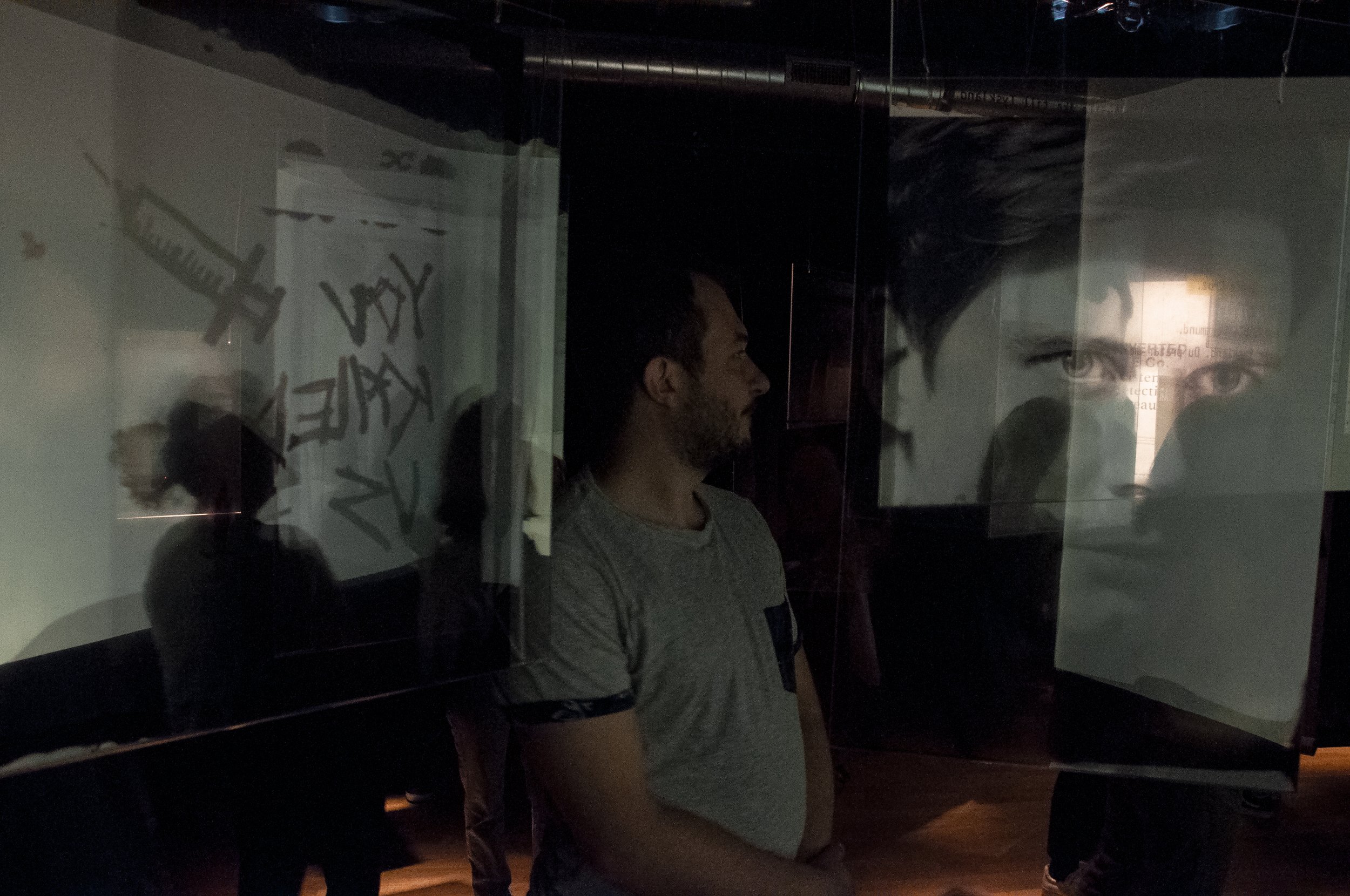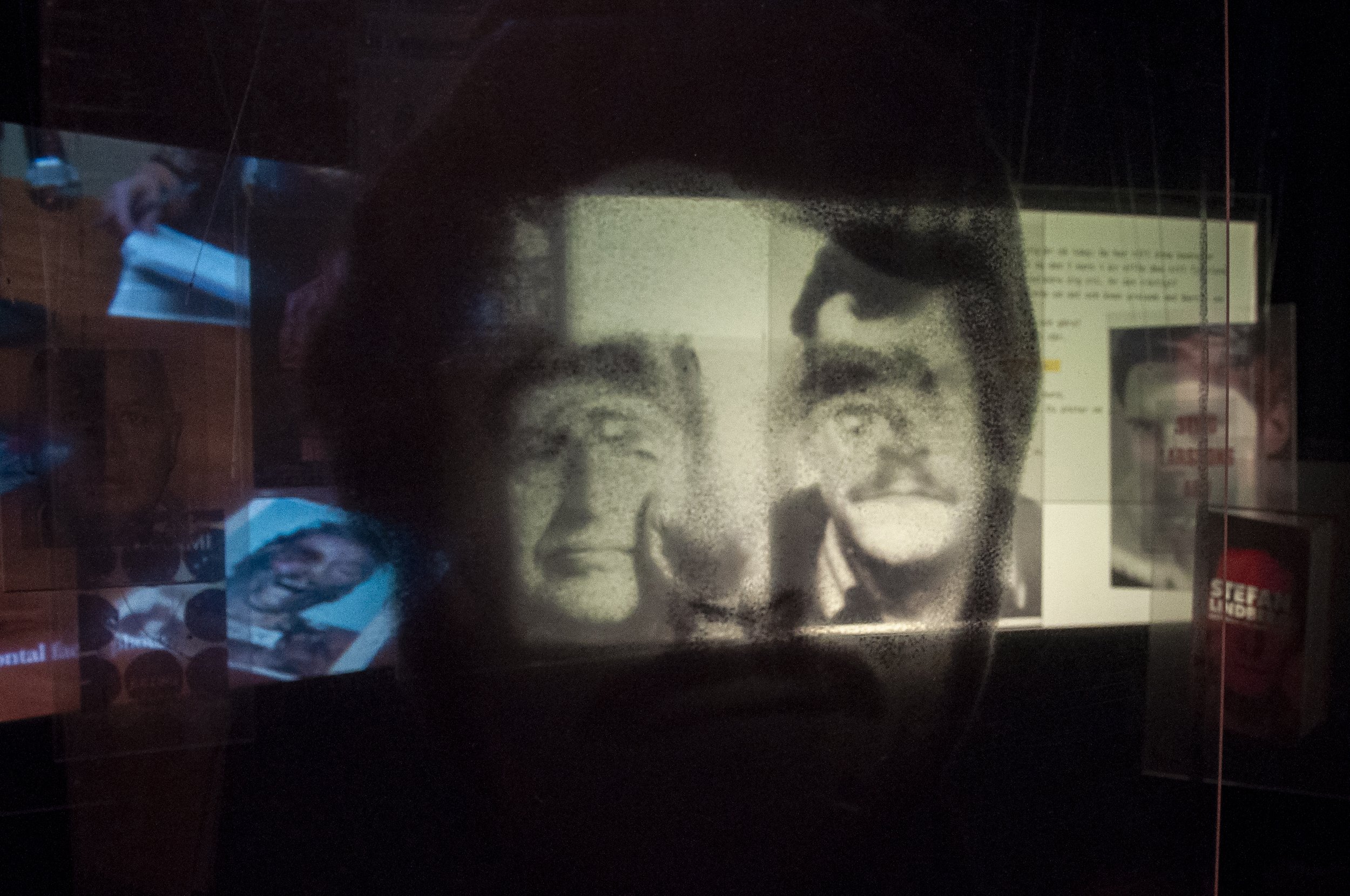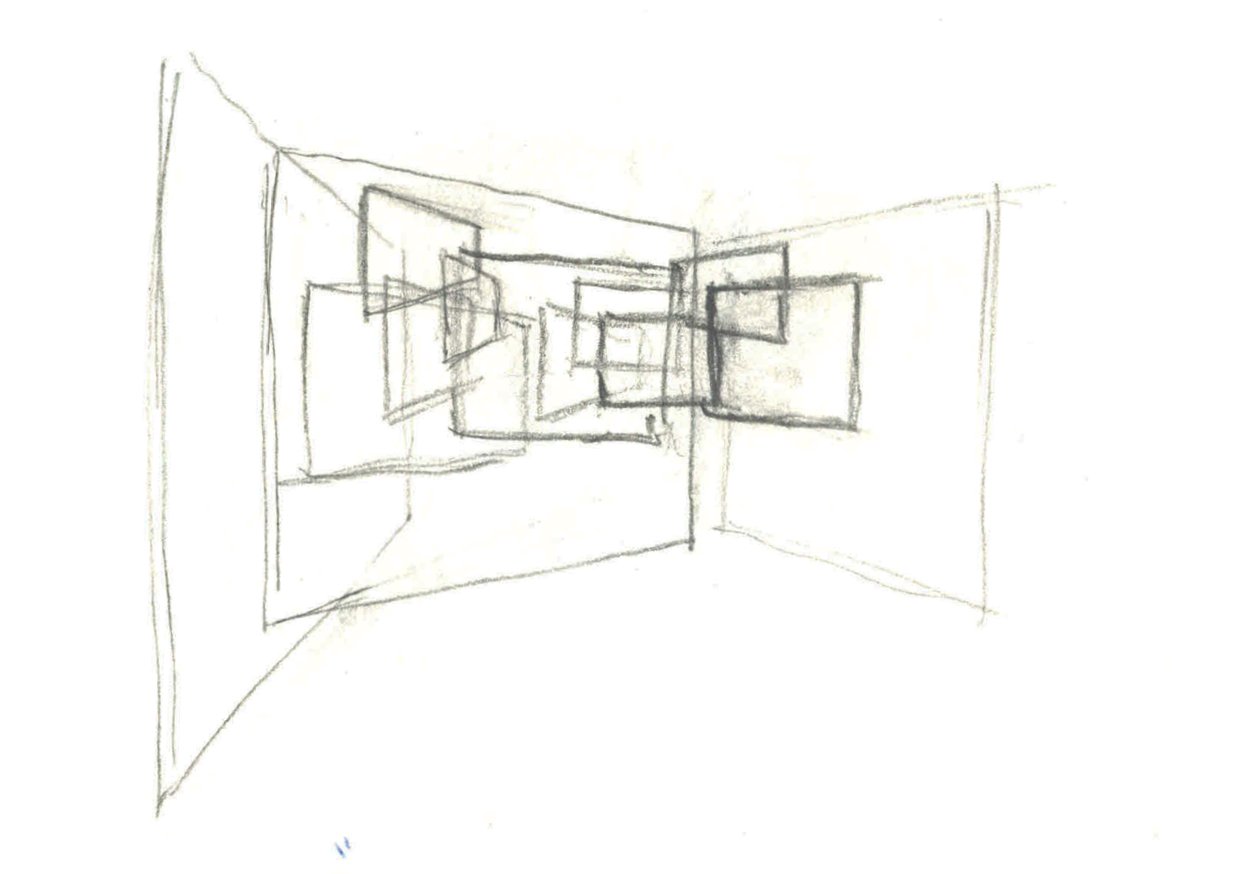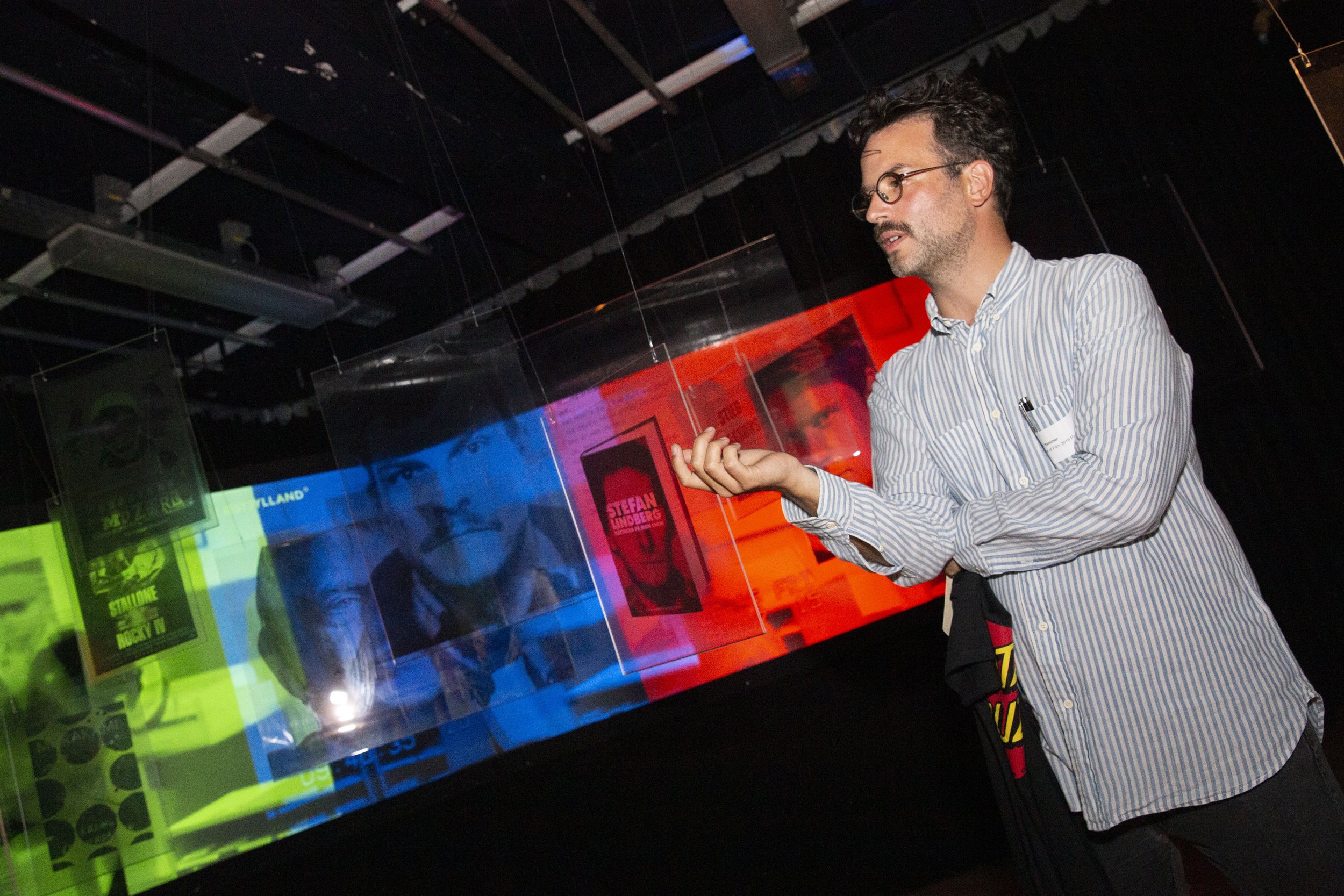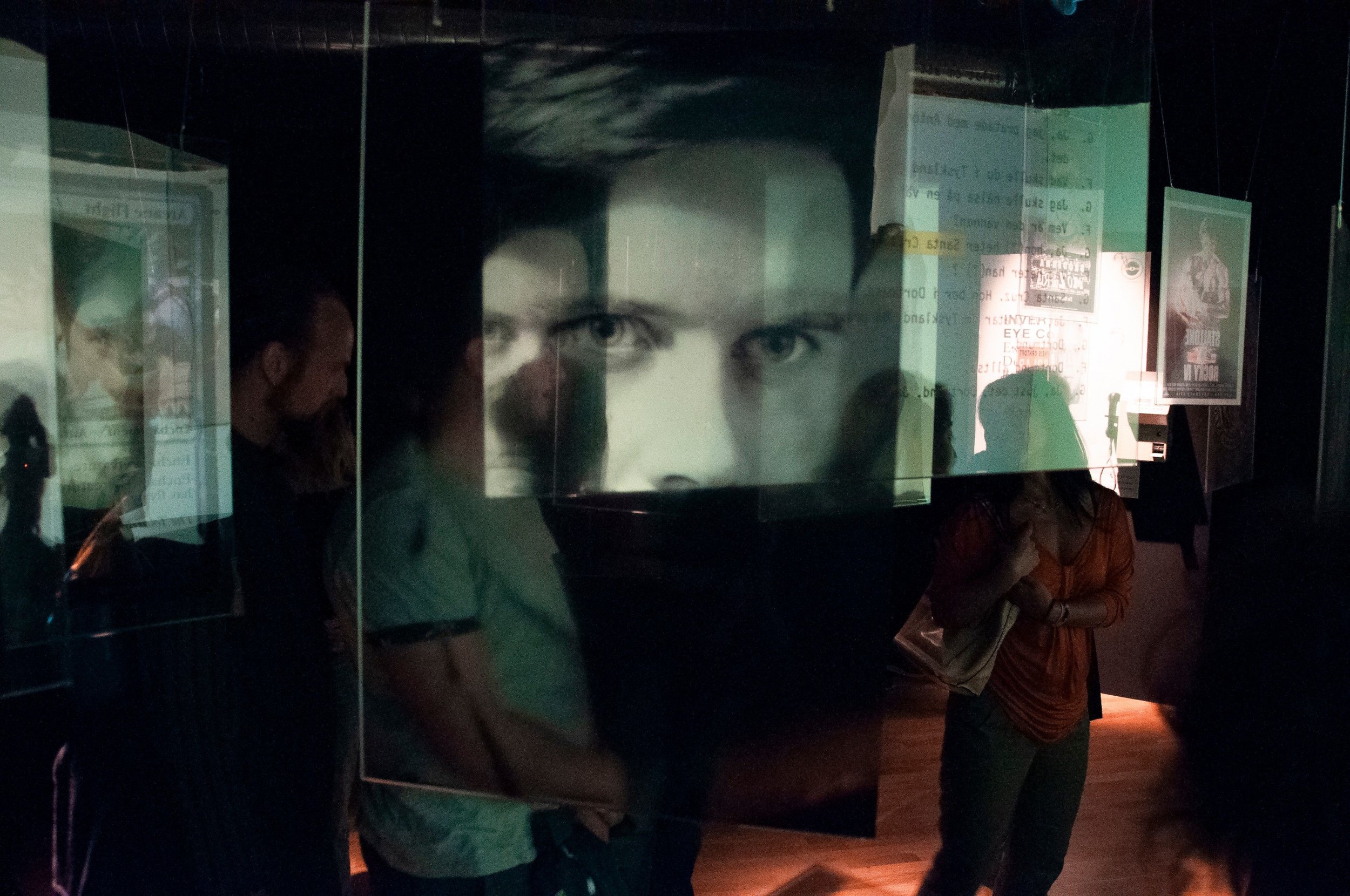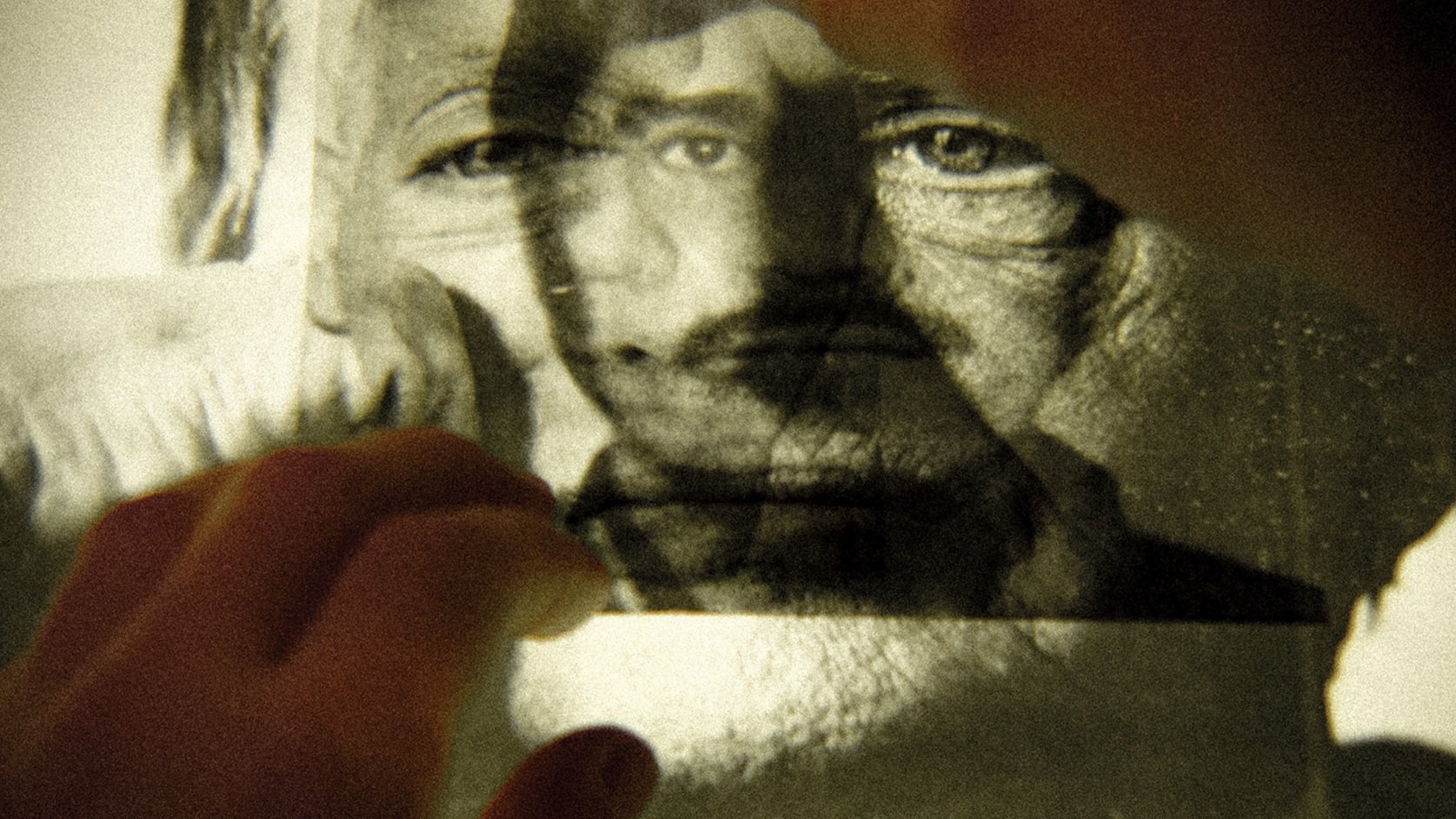
Ephemeral Evidence
Multi-media installation
Artistic research exhibition concept
Print publication
The detective places clippings, maps, pictures, artefacts on his wall and connects them diagrammatically with red yarn to evoke connections which will explain it all: That the butler did it, that his client is innocent, that it’s all a conspiracy.
We call it evidence: facts that prove a central claim.
If there is no central claim, if the facts escape objective significance, if the evidence proves nothing at all yet remains evidence of something, what then might that something be? Where does this leave the detective? (besides unemployed)
Exhibits of Ephemeral Evidence is a compilation of such paraphernalia, encounters, constellations. Though originating from a true-crime investigation and its circumstances, they evade orthodox interpretation. As evidence they belong neither in journalism nor a judicial investigation. Instead they form the experiential foundation of Forensics of Imagination.
For the sake of intelligibility they are represented as events on an (almost) chronological timeline. However, I perceive them rather as stacks—as encounters assembling vertically.
In any case they beg the question: how to transcend testimony and transform experience into material in order to montage with what otherwise exists only in the present to then become something equally elusive: memory?
Peter Hammer
Amsterdam, June 2019
Printed publications for Forensics of Imagination & Ephemeral Evidence (2019)
Installation view
This is installation view footage of my multi media installation at the Shifting Perspectives exhibition at Eye Film Museum in Amsterdam June-July 2019. A rough edit of footage shot by a friend and co-researcher, Federico Sande Novo.
WARNING: graphic images around 01.55
Ephemeral Evidence (2019)
Multimedia installation
Exhibition concept proposal
EXHIBITS OF EPHEMERAL EVIDENCE
PROJECT PROPOSAL FOR AN AUDIOVISUAL INSTALLATION:
FORENSICS OF IMAGINATION DISPLAYED
I’m toiling with an idea for an audiovisual installation based in part on my research into the life and death of Victor Gunnarsson (the cases of the murder of him and of Swedish prime minister Olof Palme), in part on my encounters with The Unreal: A spatial exposition of Forensic Imagination.
Picture a typical detectives bulletin board with a collage of portraits, documents, clippings, maps, crime scene photos, etc. diagrammatically connected with red yarn. Rather than organising these items on a flat surface I will suspend them in three dimensions as an exploded view of the interrelation between elements: Graphic artefacts (photographs, documents, maps, etc.) printed on transparent, adhesive film are mounted individually on perspex or transparent vinyl cut to size (in the following referred to as images). These images will be suspended from a ceiling by invisible nylon line in such a fashion that they barely intersect on the height and width axes but with sufficient distance on the depth plane for achieving a significant parallax effect.
This makes the position of the spectator key to the intersection and portion of images visible, thus allowing the spectator’s own bodily movement to determine the experience of the installation and the perception of the subject matter/narrative/knowledge available: faces multiply, maps of different parts of the world overlap, certain words are highlighted or obfuscated or interchanged, etc.
Consequently the installation becomes more than just an exhibition of artefacts belonging to a certain case organised by me; rather the spectator becomes an active co-creator of the piece and the narrative in a dialogue about how we assign significance or even meaning: coincidence versus convergence, the familiar versus the outlandish, accustomed representation versus urgent alternatives. The piece is more concerned with perception than narrative. The underlying questions are, in bigger words: How does consciousness emerge? — and thus: our perception of the world?
Audiovisual recordings from my locations-, archival-, and casting research could be integrated in the installation with monitors or projection screens placed in the space: cinematic moments which literally or symbolically reflect the images and which visually are reflected in the concrete materiality of the suspended images. They would be placed behind the suspended images and thus visible through them — or on the sides of or behind the spectator and thus visible as reflections in the suspended images.
At a certain position in the exhibition space perhaps one would be able to observe an overview of the totality of the installation. However, exactly at this position, the spectator her- or himself will be illuminated in such a way that the desired overview is obscured by one’s own shattered reflection in the suspended images.
I’m aware of a possible need of contextualisation for the spectator. This and all of the above will rely on prototyping and testing.
PETER HAMMER © 2019




